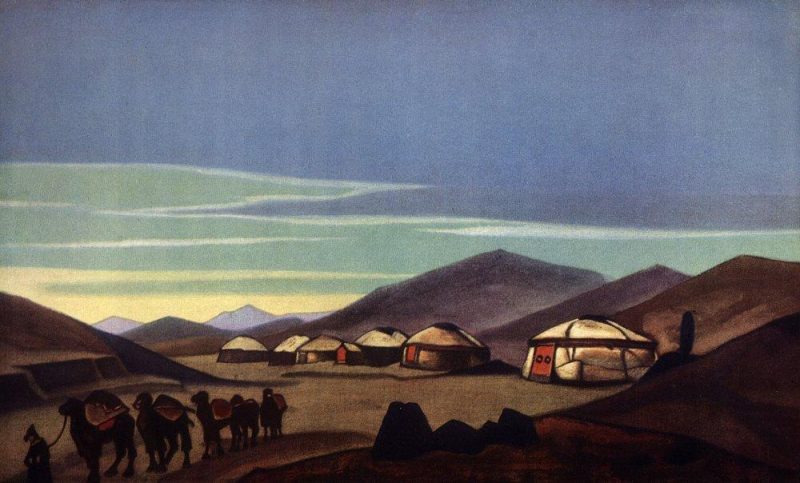Mass protests took place in the Mongolian capital of Ulaanbaatar. The protests culminated in the storming of the presidential palace. Rossa Primavera News Agency has prepared a brief summary of what is currently known.
Background
On December 3, a corruption scandal erupted in Mongolia. The media reported on a large theft of coal exported from Mongolia to China. Sums in excess of $1 billion were discussed. Mongolia sends about 86 percent of its total exports to China, about half of which is coal.
According to Mongolia’s News.mn portal, China has indirectly admitted to crimes involving Mongolian coal. According to News.nm, China not only executed the officials involved in the coal theft, but also released the names of Mongolian politicians linked to the scandal. Specifically, the case allegedly involves Mongolian Prime Minister Luvsannamsrayn Oyuun-Erdene.
This report raises some credibility questions. For example, is it possible to hold a trial so quickly, collect evidence, and carry out the sentence? But by themselves, of course, such reports have only further inflamed the emotions of protesters, proving to them whose side the truth is on.
The protests also took place in Mongolia this spring. In April, “democratic” young people protested in the capital city of Ulaanbaatar. The young people came out under the slogan “Let’s live well in Mongolia.” During the protests, there were scuffles and clashes between protesters and law enforcement officers. Eight police officers sustained injuries of varying severity, including head, soft tissue and leg injuries. One police officer required emergency surgery. During the April protests, police arrested 67 activists, 18 of whom were intoxicated.
Protests on December 5
The number of protesters increased dramatically over the next few days. On Monday, December 5, the number of protesters exceeded several thousand, according to local media estimates. The protests took place in the central square of the capital city near the Government Palace. Protesters attempted to storm the Government Palace by breaking the metal gates. Video footage from social media shows a crowd of several hundred people running up the stairs and pushing the guards, who offered little or no resistance. Protesters set fire to a fir tree in the square outside the palace.
The authorities demanded that the protesters disperse peacefully and leave the square, but after storming the palace they issued a decree to disperse the protest by force. By evening, the protesters were gone from the square. According to Sonin, a Mongolian news website, the protesters voluntarily left the area of the Government Palace.
The Mongolian parliament even proposed declaring a state of emergency in Ulaanbaatar. Most deputies supported the initiative. But the National Security Council refused to take such steps, deciding that the state of emergency was not necessary.
The international community has so far made no statements about the events in Mongolia. The Russian Foreign Ministry and its spokeswoman Maria Zakharova remained silent. The Russian embassy said it had no information about Russian citizens injured in the riots. Security at the Russian embassy has been strengthened because of the tense situation.
Expert’s assessment
Aleksandr Vorontsov, Head of the Department of Korea and Mongolia at the Institute of Oriental Studies, Russian Academy of Sciences, called the cause of the sudden protests in Mongolia an explosion of emotions in his comments to RIA Novosti. The expert explained that in Mongolia, several factors gradually accumulated the discontent of residents – inflation and the growing influence of China. According to Vorontsov, the Mongolian authorities reacted too mildly to the corruption scandal, thereby increasing the indignation of the masses.
Summary
Mongolia’s economy is largely based on the raw materials sector, the extraction of minerals. The country has the 19th largest land area in the world and a population of about 3.4 million people. Mongolia is highly dependent on relations with China and Russia.
But it is also an important partner of the two countries for geopolitical projects – China’s New Silk Road and Russia’s possible gas and oil pipelines to the Asian region. In particular, the proposed Power of Siberia 2 gas pipeline from Western Siberia to China would pass through Mongolia.
Protests in a poor country can be one way for the people to influence the policies of the authorities. However, there are dozens of cases of outside interference by Western countries – the United States and Britain in the first place – in heating up the protests in order to use the fair indignation for their own benefit.
Source: Rossa Primavera News Agency




